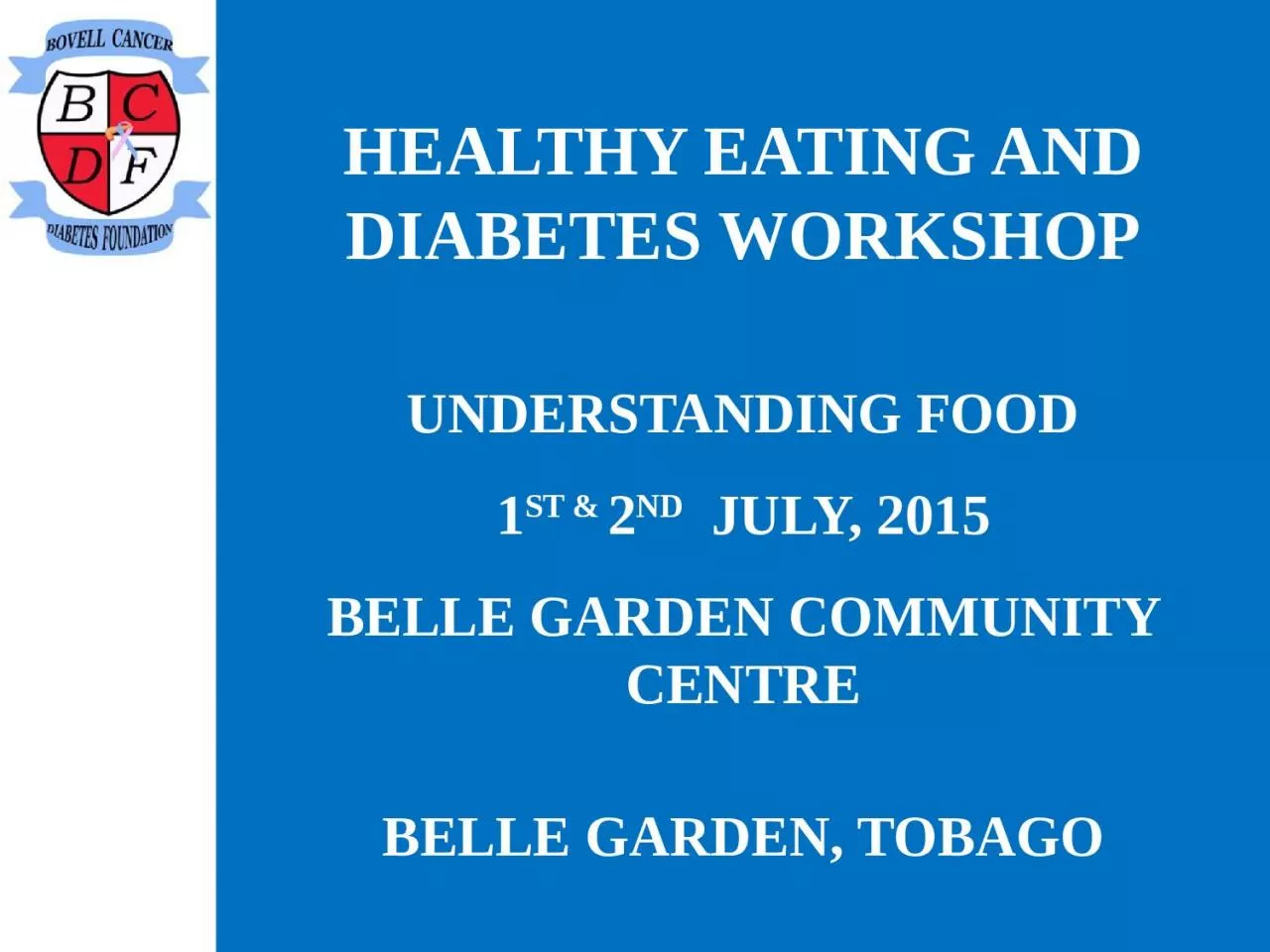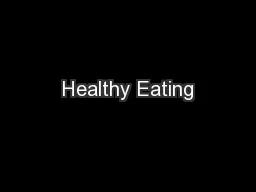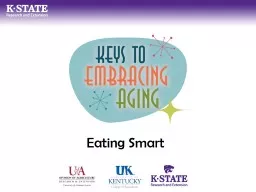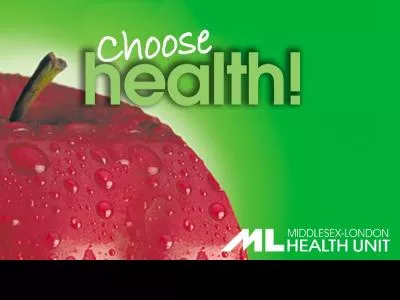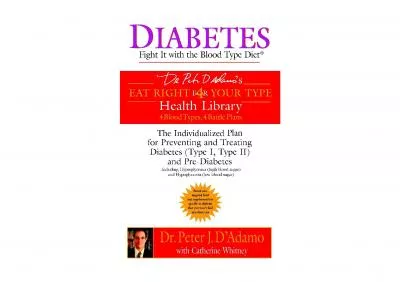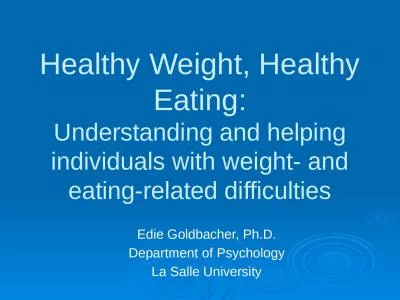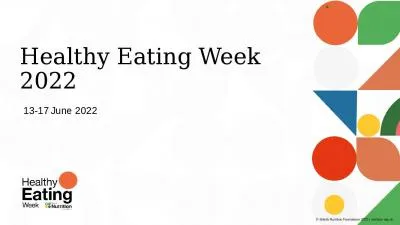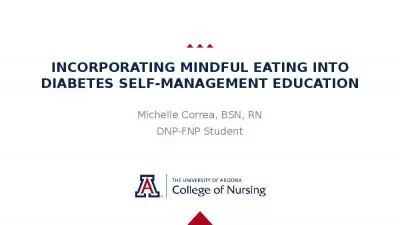PPT-HEALTHY EATING AND DIABETES WORKSHOP
Author : badra | Published Date : 2023-11-07
UNDERSTANDING FOOD 1 ST amp 2 ND JULY 2015 BELLE GARDEN COMMUNITY CENTRE BELLE GARDEN TOBAGO UNDERSTANDING FOOD Main sources of calories in food To begin with
Presentation Embed Code
Download Presentation
Download Presentation The PPT/PDF document "HEALTHY EATING AND DIABETES WORKSHOP" is the property of its rightful owner. Permission is granted to download and print the materials on this website for personal, non-commercial use only, and to display it on your personal computer provided you do not modify the materials and that you retain all copyright notices contained in the materials. By downloading content from our website, you accept the terms of this agreement.
HEALTHY EATING AND DIABETES WORKSHOP: Transcript
Download Rules Of Document
"HEALTHY EATING AND DIABETES WORKSHOP"The content belongs to its owner. You may download and print it for personal use, without modification, and keep all copyright notices. By downloading, you agree to these terms.
Related Documents

